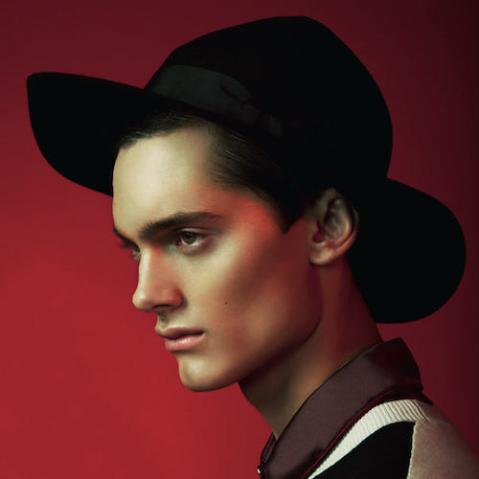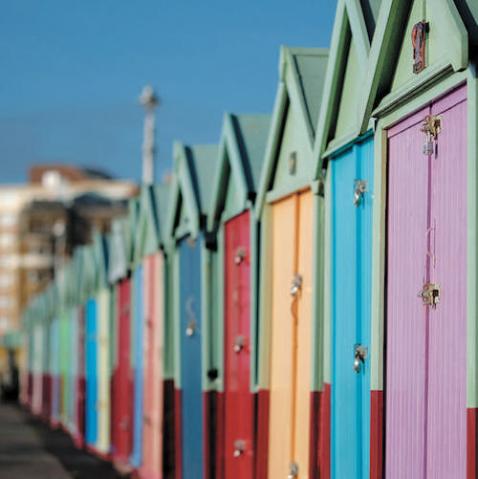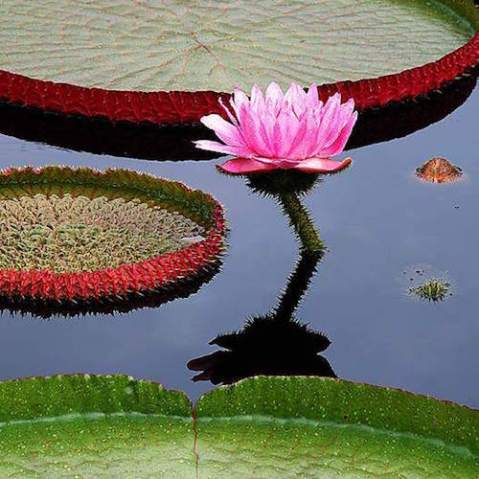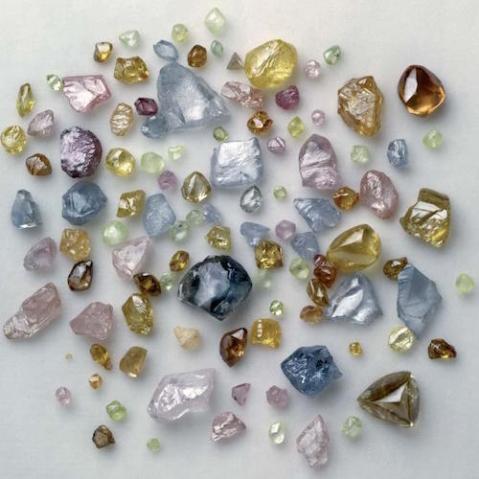When and how to use custom white balance settings

The ability for cameras to automatically set white balance according to the prevailing conditions is extremely useful, but it does have a down-side, too. Auto white balance sets your camera in relentless pursuit of totally neutral colours. Occasionally, you will need to know how to set a custom white balance.
 Here, the white balance was deliberately set to cloudy, despite it being golden hour on a clear day, in order to emphasise the feeling of warmth in the light.
Here, the white balance was deliberately set to cloudy, despite it being golden hour on a clear day, in order to emphasise the feeling of warmth in the light.
Auto white balance can strip the charming warmth away from the early morning sun, it will turn the cool light of twilight to a dull grey, and it will do its best in all situations to make sure you have cleanest whites this side of a bleach commercial. The very purpose of using a specific white balance option (the tungsten setting, for instance) or for using the auto setting, in fact, is to provide you with an image that is ideally matched to the light source at hand and devoid of any overriding colour cast.
The problem this presents from a creative standpoint is that there are times when you may want a slight or even an exaggerated tint to your colours. If you’re shooting at twilight, for instance and you want to embellish the blue of the evening light, you certainly don’t want your camera second-guessing your artistic ambitions. And what’s the point of heading out to the desert in the buttery light of the golden hour if your camera is going to take a look at the light and then send you the chilling message, ‘Don’t worry pal, we’ve got this covered. We’ll banish all that excess yellow!’ This is no time to let technology, no matter how clever, come between you and beautiful lighting. You might even want to think about using the cloudy-day setting, even in relatively warm light, to ensure an even warmer look.
Similarly, if you happen to be shooting in a situation like a concert where the lighting is inherently saturated and where various hues of lighting are mixing and mingling, there is little point in ‘fixing’ the white balance because you’d be removing the very boldness of colour that the lighting designer worked so hard to create. If they wanted you to see the stage acts in a neutral condition, they wouldn’t have spent all of that money on lighting gels.
 Most DSLRs have an advanced feature than enables you to bias the white balance along amber-blue and green-magenta axes. It’s a high-level feature, but worth exploring to give you greater control over your white balance.
Most DSLRs have an advanced feature than enables you to bias the white balance along amber-blue and green-magenta axes. It’s a high-level feature, but worth exploring to give you greater control over your white balance.
However, there are indeed times in concert situations when you might want to reduce and occasionally even eliminate excessive colour saturation—particularly if you’re shooting face shots. It’s invaluable to know how to use your camera’s colour picker to refine the white balance to skew the colours back toward neutral. You’ll probably want to stick with the colours the lighting director dictates most of the time, but if you want good skin tones, you know what to do!
 Turning a daylight scene into a twilight scene is simple: just set the white balance to tungsten. The camera will add blue filtering to counteract the red light of tungsten, but as you’re shooting in blue light, it will exaggerate the blue hue.
Turning a daylight scene into a twilight scene is simple: just set the white balance to tungsten. The camera will add blue filtering to counteract the red light of tungsten, but as you’re shooting in blue light, it will exaggerate the blue hue.
Finally, there are often times when you may want to intentionally use the wrong white balance for artistic effect. The harbour scene here, for example was actually a moment bathed in warm sunset light, but by setting the white balance control to tungsten, it renders it in the stark blues of twilight.
The Photographer’s Master Guide to Color is Jeff Wignall’s thorough course on colour and the role it plays in digital photography, giving you a new understanding of the important role colour plays in the creation of successful photos, and allowing you take outstanding colour photographs with any digital camera.
 The Photographer’s Master Guide to Colour
The Photographer’s Master Guide to Colour
Jeff Wignall
Buy now!







